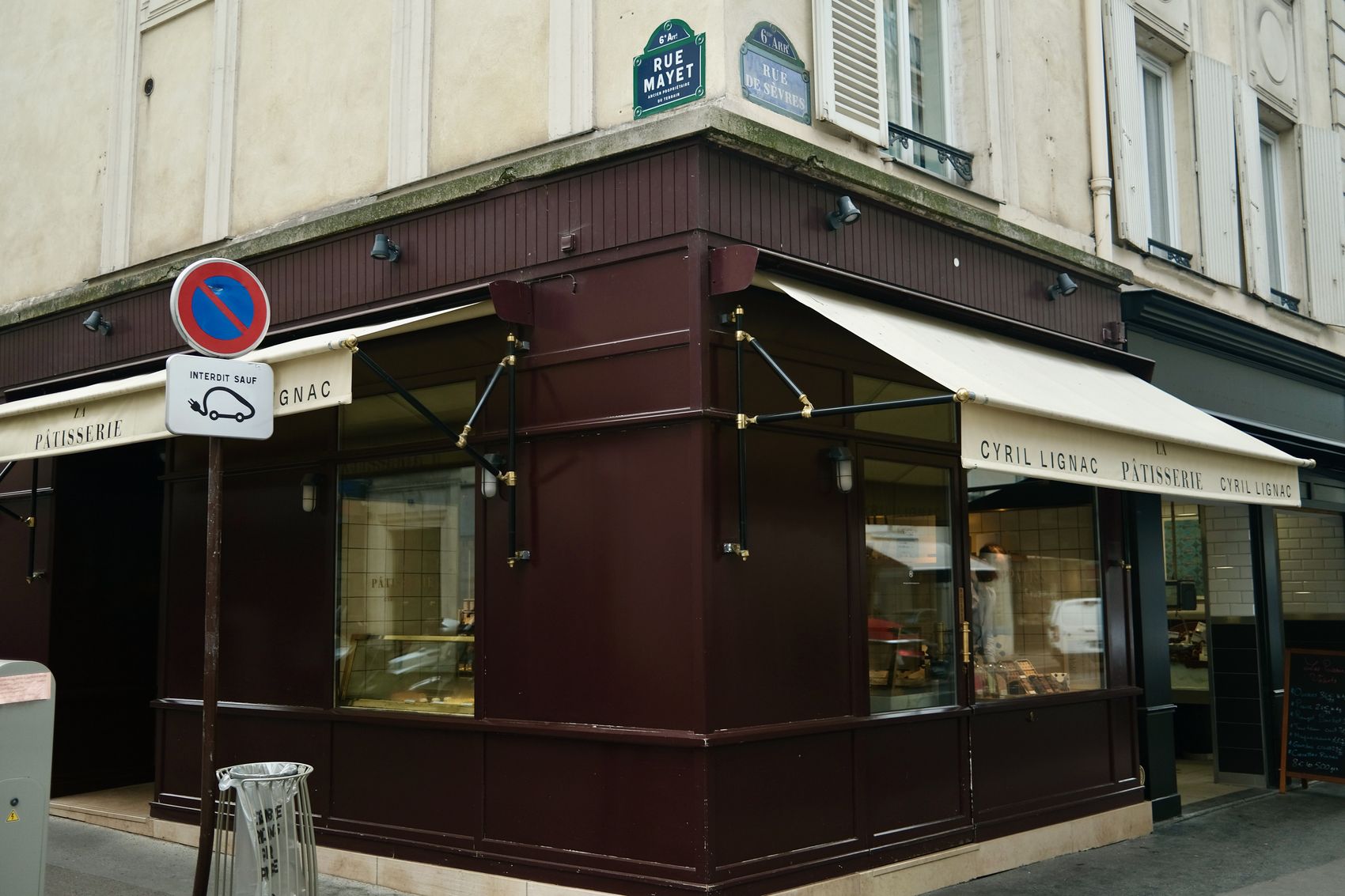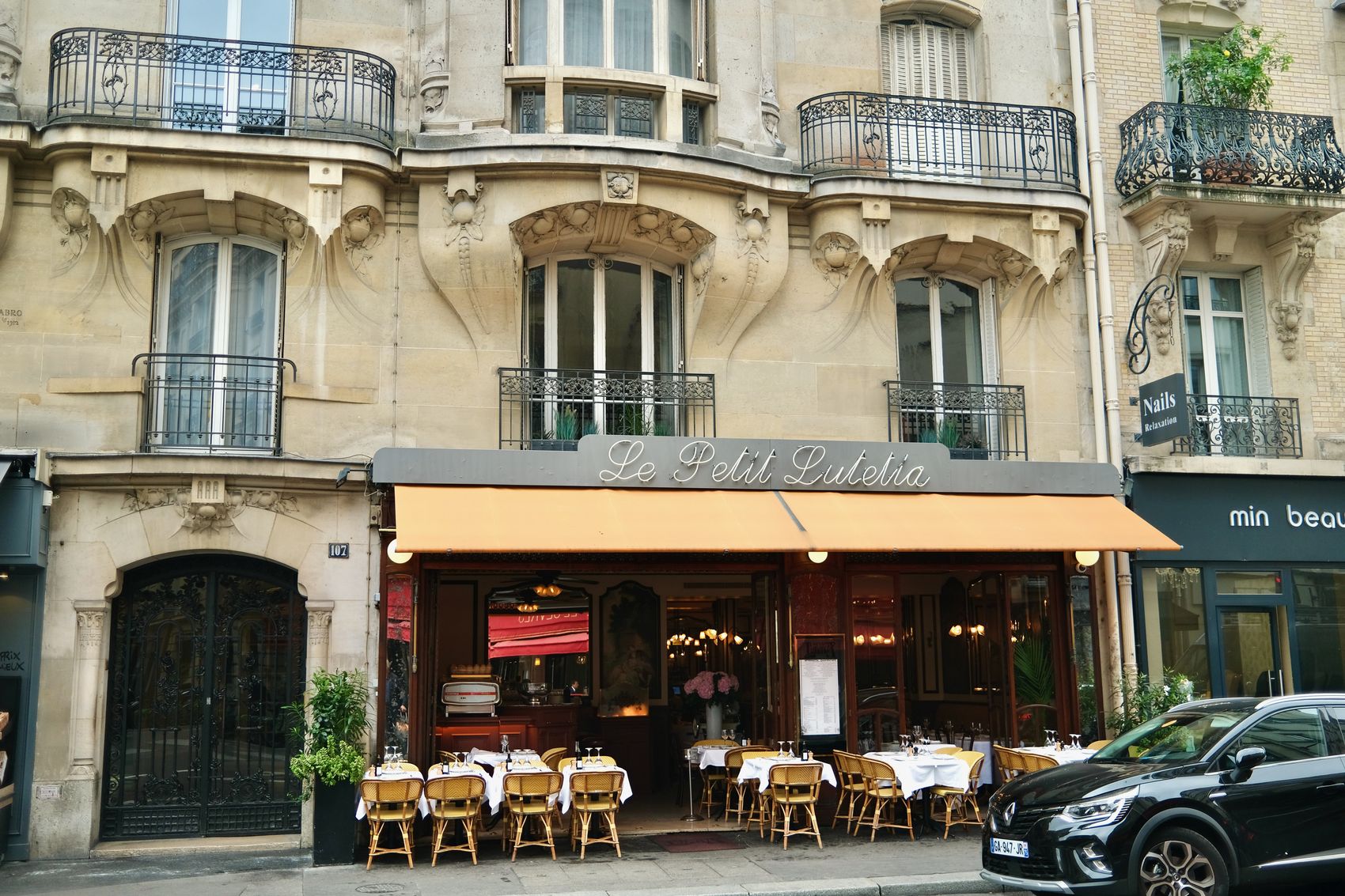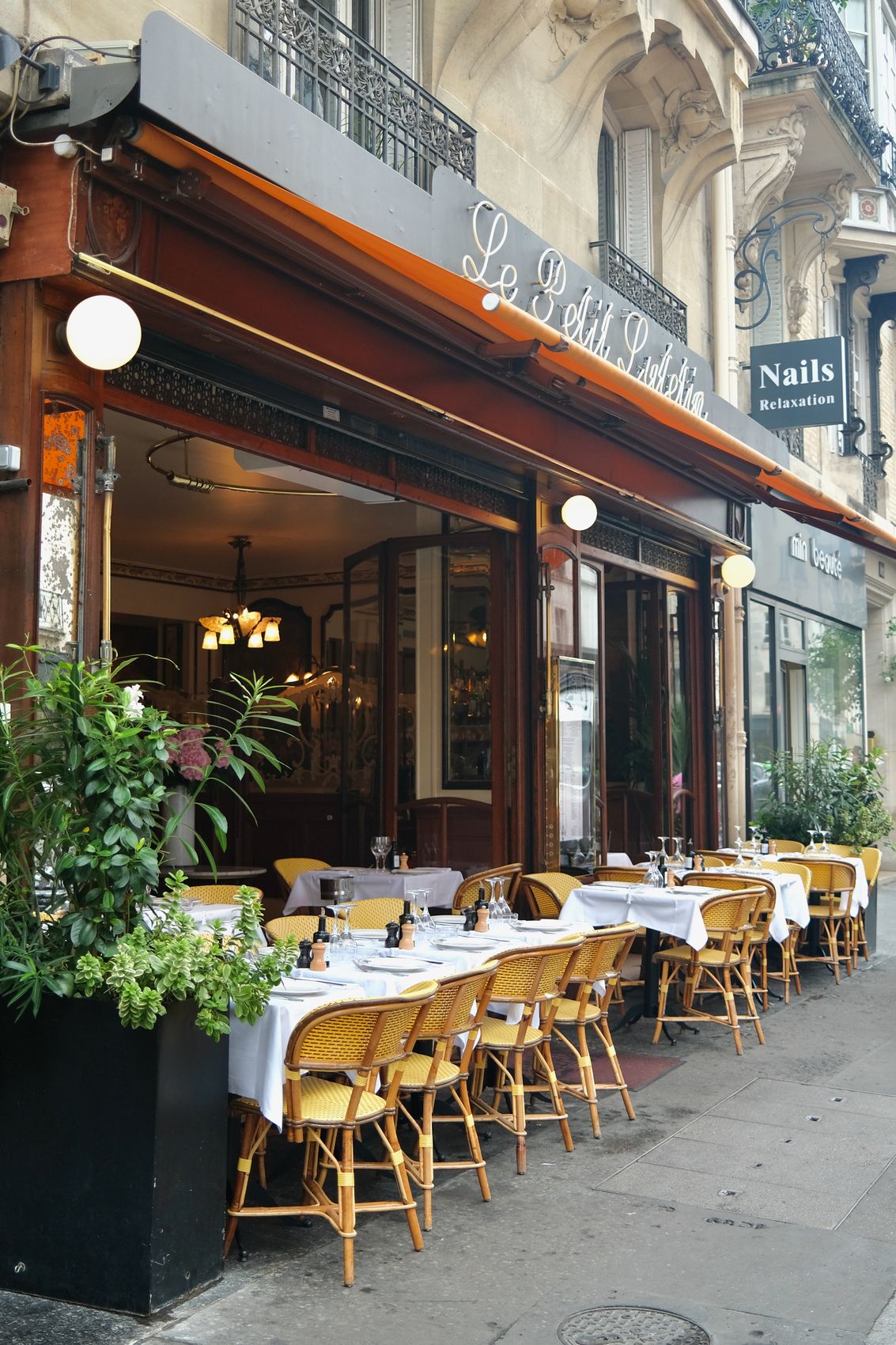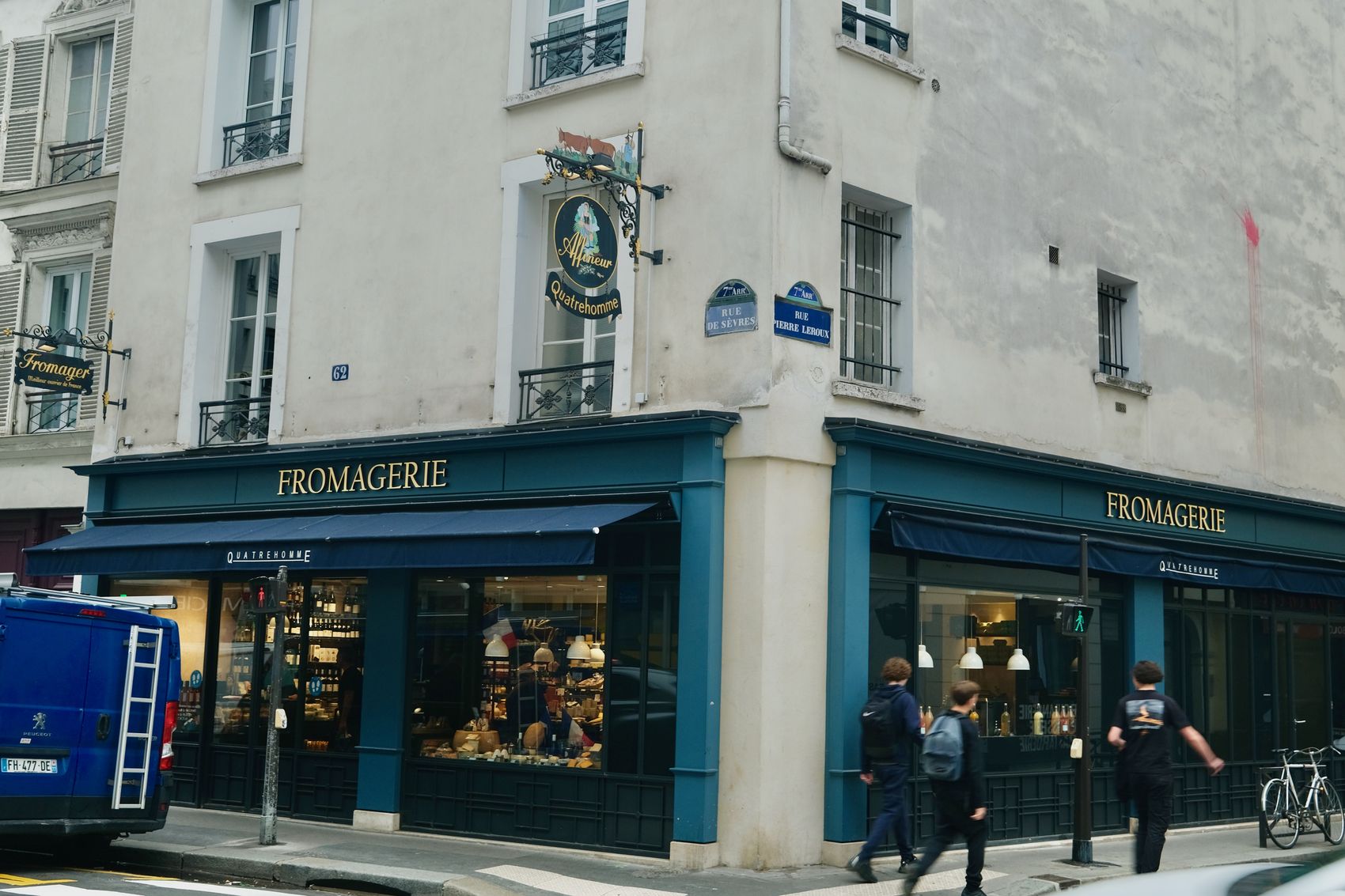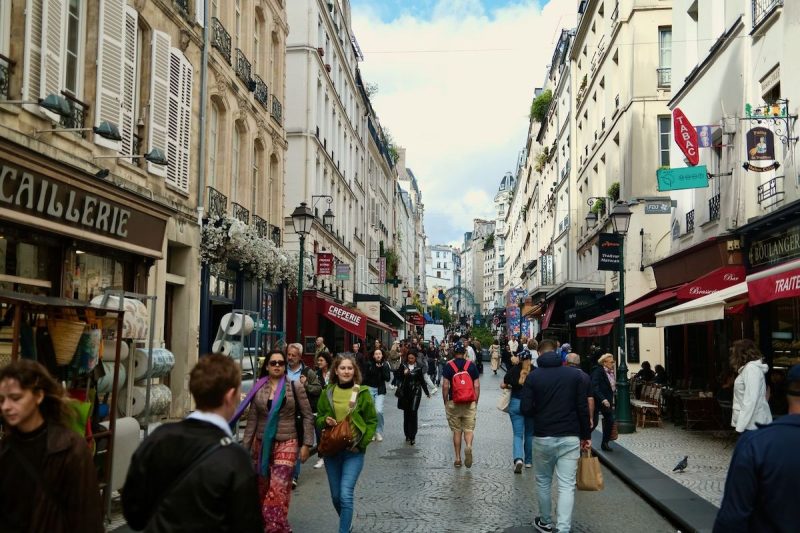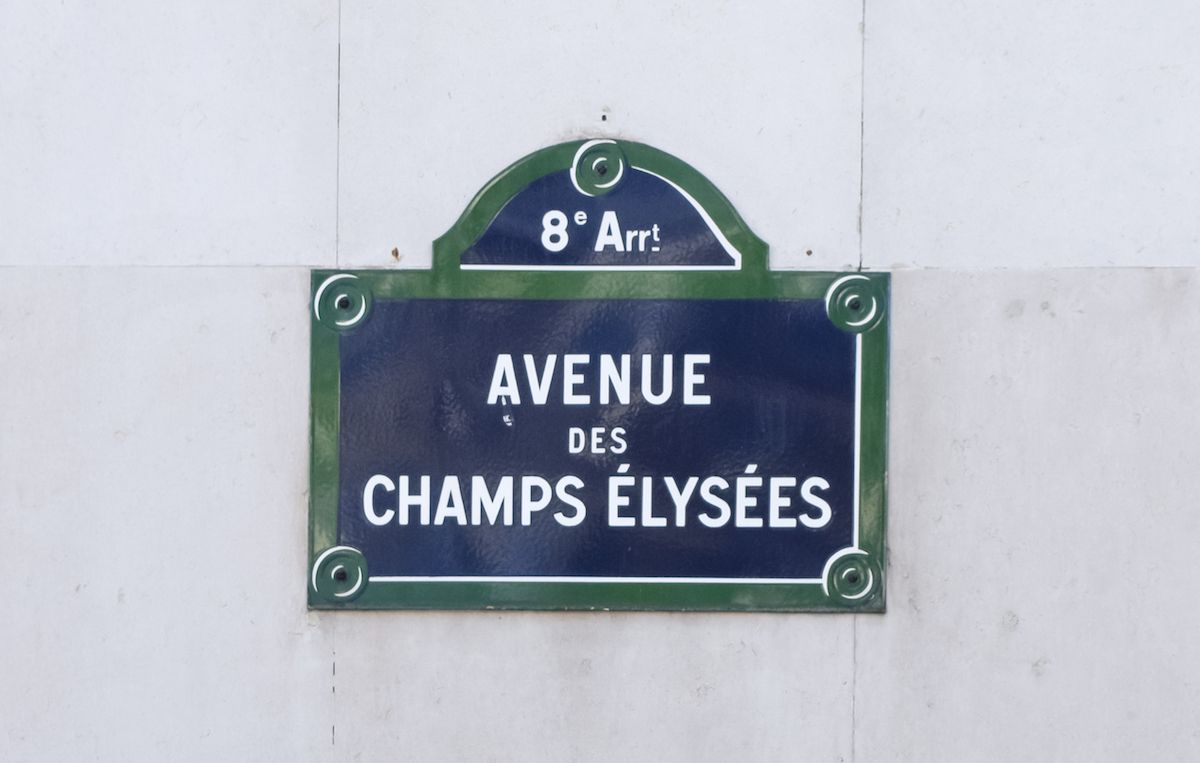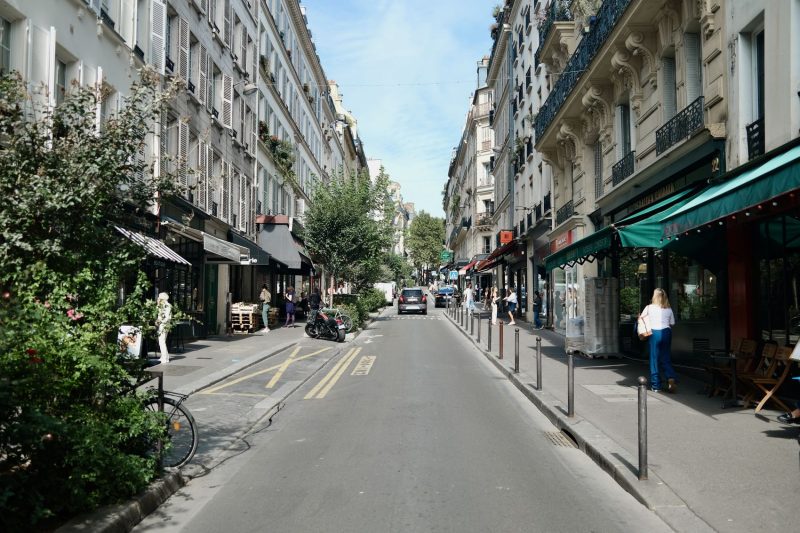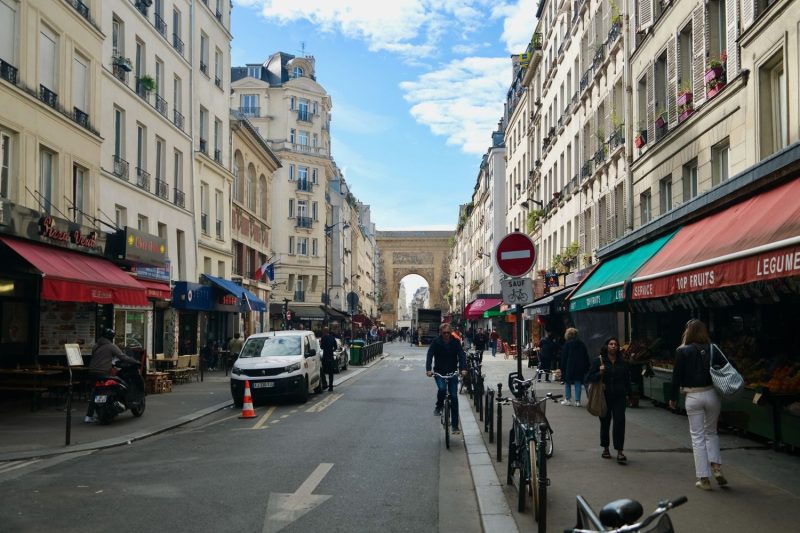What to Do on Rue de Sevres in Paris
Culture Travel may earn a commission through links on this website. As an Amazon Associate, we earn from qualifying purchases.
Rue de Sèvres is a historic street mostly associated with the 7th arrondissement of Paris, known for its unique blend of residential, commercial, and cultural significance. This street stretches approximately 1.3 kilometers and runs through the heart of the elegant and chic Left Bank, a district renowned for its rich artistic heritage and bohemian history.
The origins of Rue de Sèvres date back to medieval times, but it became increasingly important during the 19th century. Its name derives from the nearby Sèvres porcelain factory, established in the late 18th century, which is famous for producing high-quality porcelain and decorative arts. The factory’s significance in the world of art and luxury goods contributed to the street’s reputation.
During the Haussmann renovation of Paris in the mid-19th century under Emperor Napoleon III, Rue de Sèvres was further developed, with much of its current architectural style derived from this period. The street became a fashionable area for affluent Parisians, serving as a residence for artists, writers, and intellectuals.
Furthermore, Rue de Sèvres is emblematic of the changing face of Paris through various historical eras, including the Belle Époque, when it was frequented by some of the most notable figures in the arts and literature.
In the modern era, Rue de Sèvres has retained its charm along with its cosmopolitan atmosphere. You can find a variety of boutiques, cafes, and cultural institutions, which highlight the street’s blend of historical and contemporary Parisian life.
The historical Sèvres-Babylone Metro station, located at the intersection of Rue de Sèvres and Boulevard de Babylone, also serves as a testament to the street’s importance as a thoroughfare for both locals and tourists.
One of the highlights along Rue de Sèvres includes the renowned Marché Raspail, a famous organic market that reflects Paris’s contemporary culinary scene.
Patisserie Cyril Lignac
Le Petit Lutetia
Quatrehomme Fromagerie
Additionally, the Bourdelle Museum, located not far from Rue de Sèvres, showcases the works of sculptor Antoine Bourdelle and represents the ongoing legacy of art in this vibrant area.
The original porcelain factory remains a point of interest, as it has since become associated with the luxury and heritage of French craftsmanship, continuing to produce exquisite pieces that are collected worldwide.
Rue de Sèvres is located in the 6-7-15th arrondissement of Paris, running from 1 Rue de Sèvres, 75006 Paris, France to 114 Rue de Sèvres, 75015 Paris, France.
